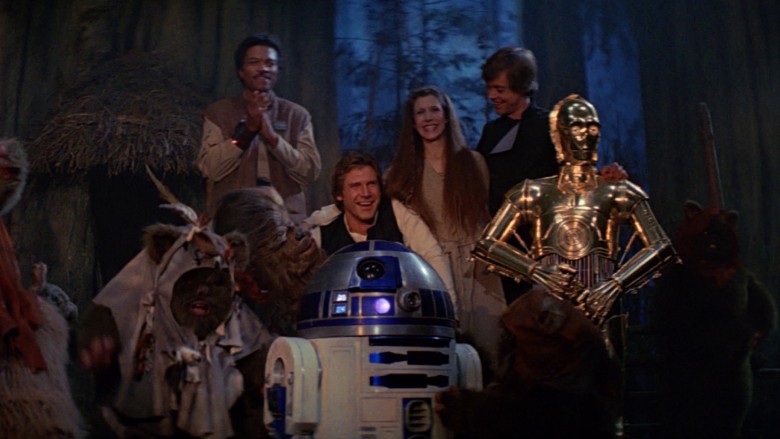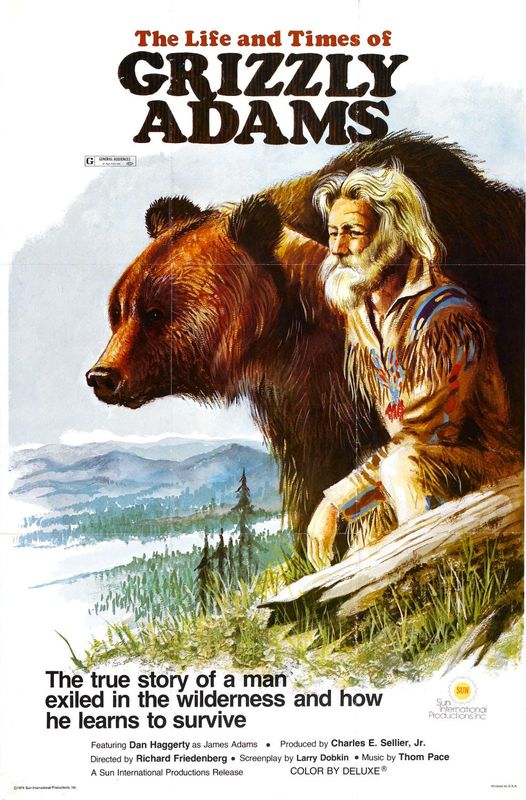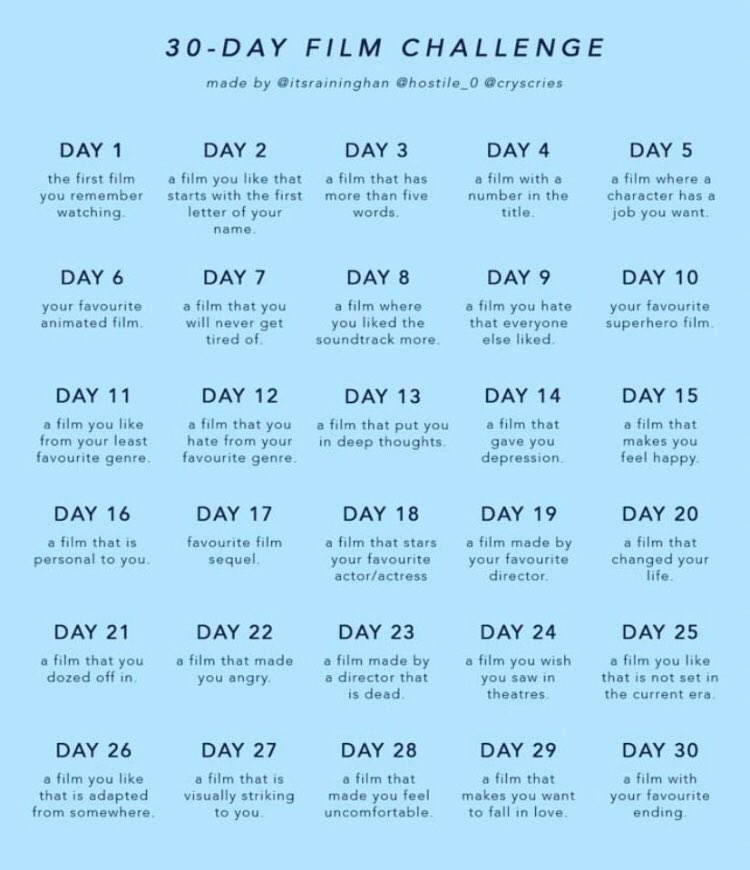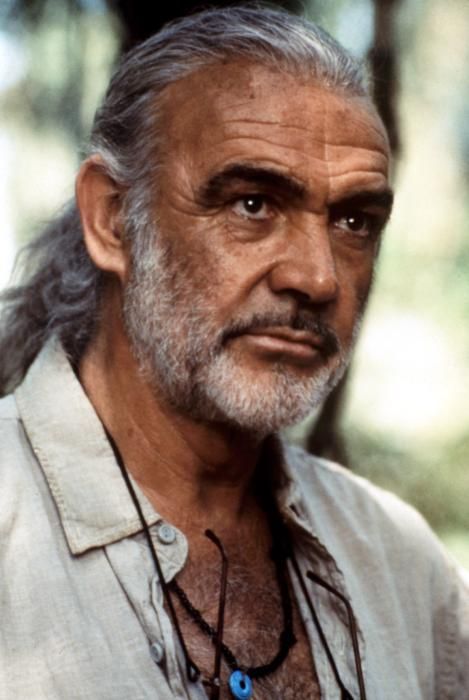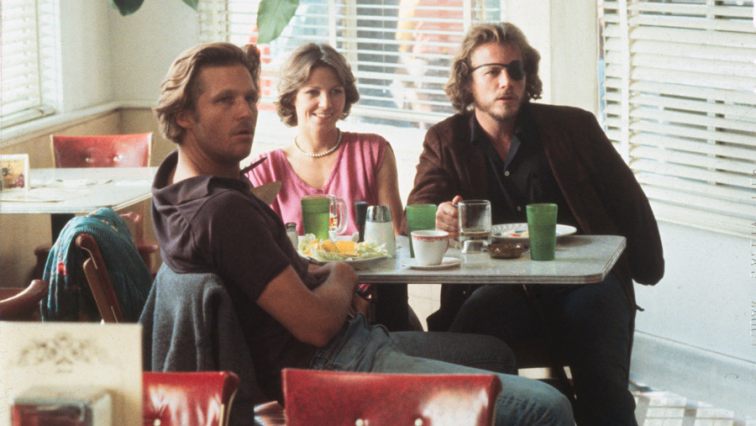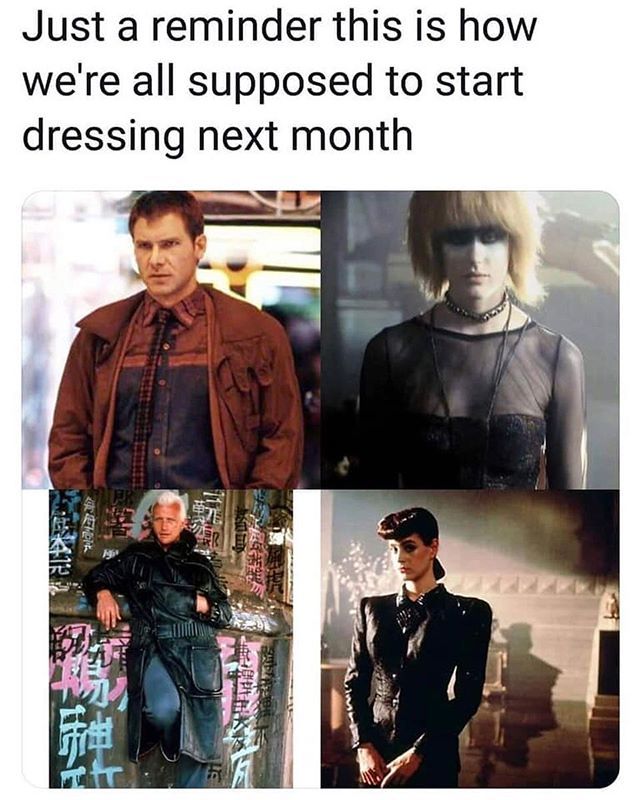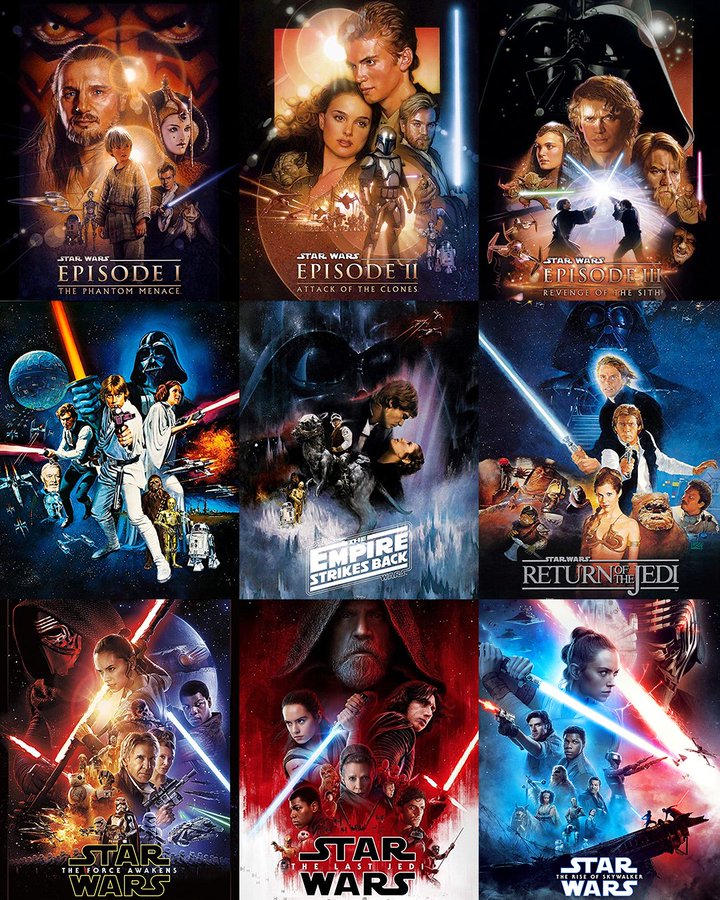
Some years ago, my friend Doctor Robert asked me how I would rank the various Star Wars movies. At the time, I begged off with a rueful grin and another slug of scotch. It was an impossible question for me, like being asked to choose which of the children is my favorite, or perhaps more accurately — since I was at that time trying my damnedest to believe all the individual films comprised a single unified story — like trying to pick the best chapter of a favorite novel. It was also, I feared, an unintentionally loaded question that could only stir up more rancor over the still-controversial prequel trilogy, a sore spot I was dearly sick of poking.
That was then, though. Now… well, now things are different. Let’s just say that my feelings about this series have become far more clear in recent years. And so, for anyone who cares about one grumpy old man’s highly opinionated takes on some silly movies about space wizards and their lazer swords…
(Incidentally, I know I wrote in my last post that I’ve grown weary of talking about Star Wars, and I have. But now that the “mainline saga” has supposedly come to an end with the release of Episode IX, it feels like this is the time for an overview like this. Besides… it’s less stressful to think about this than current events.)
Counting backwards from my least favorite:
11. The Force Awakens
I can hear the gasps of surprise and outrage from all the way over here. Sorry. I know many people truly enjoyed this one, and I routinely see claims that it’s as good as any of the original trilogy (OT), but… no. Not for me. Besides my usual complaints about JJ Abrams’ shortcomings as a storyteller, this film struck me as incredibly cynical in the way that it played on my generation’s nostalgia for the originals while simultaneously slapping us in the face with its depiction of our OT heroes. I’m not exaggerating when I say that TFA — as well as finding myself once again the outlier against popular opinion when it came to Star Wars — contributed to me falling into a months-long depression.
10. The Rise of Skywalker
Better than TFA, and I’ll confess that I generally enjoyed it. It even had several moments that moved me to tears (mostly involving the OT heroes, no surprise). But it’s still a JJ Abrams film with all the problems that entails, and it still revolves around the idea that the OT heroes’ struggles and victories didn’t amount to a damn thing. I didn’t like it when Palpatine was resurrected in the old Dark Empire comic-book series back in the ’90s, and I like it even less in a movie trilogy of quasi-remakes built on deconstructing the original films and recasting the old heroes as broken losers.
9. The Last Jedi
While public opinion seems to have crystallized around the notion that TLJ is the worst of the sequel trilogy, I personally think writer-director Rian Johnson did an amazing job of trying to build something interesting on the very shaky foundation left to him by TFA. I like how he redeemed and elevated Luke Skywalker in the end, as well as how he tried to redemocratize the Force and get away from the “chosen one” elitism that settled into the story with the prequels (one of George Lucas’ biggest missteps, in my opinion). Even so, I can’t say that I unreservedly liked any of the films in the sequel trilogy, and I think that all goes back to the creative decisions made before a single frame of film was shot about where the OT characters ended up following the end of their trilogy. It was just plain shitty to do that to longtime fans.
8. Attack of the Clones
Next up is the shakiest entry in the much-maligned prequel trilogy. I never have been able to untangle the mystery plot of this one, and there are moments in it that make me cringe (curiously, Threepio’s head getting grafted onto a battle droid body and changing his personality — “Die, Jedi scum!” — bothers me far more than Anakin’s thoughts on sand). But there are also many elements that I love: the ground battle between the clone army and all the crazy-ass Separatist machines, Slave-1‘s “electric guitar” bombs, the launch of the Republic fleet to the sounds of the Imperial March, the image of dozens of lightsabers powering up all across the arena on Geonosis, and even the greasy-spoon diner on Coruscant. Especially that greasy-spoon… because it just plain amuses me that there is such a place there and that Obi-Wan apparently frequents it.
7. Rogue One: A Star Wars Story
A nicely done war movie that I nevertheless rank fairly low because (a) it’s built around a plot point that nobody ever wondered about, (b) the tone is a little too grim-n-gritty for my tastes (i.e., everybody dies), (c) the fan service at the end is a little too blatant (heart-poundingly cool though it was), and (d) I can’t get past the deeply illogical conceit that Leia’s ship was hiding inside a big cruiser during the Battle of Scarif. (Leia was both royalty and a member of the Senate, and her ship was well-known as a diplomatic courier. In short, she and the Tantive IV were extremely valuable undercover assets — “You weren’t on any mercy mission this time…” — and I can’t believe the Alliance would risk either her life or her cover. In my opinion, the old NPR radio drama of Star Wars had a much more satisfying account of how she acquired the Death Star plans, and it bothers me that Rogue One retcons that version away.)
Also — and I admit that this is a meta issue and unfair to the movie itself — I learned about Carrie Fisher’s collapse that led to her death literally moments after seeing this movie with its weirdly plastic-looking simulacrum of her, when I checked my phone during the closing credits, and the association of those two events and the remembered emotions of that experience are… difficult. If not for that, perhaps I’d rank Rogue One more highly.
6. The Phantom Menace
Oh, hush. Just hear me out. If the meta experience of what happened around the time I saw Rogue One can lower that film’s rating, than surely the same thing can elevate this one’s, right? The excitement of the months and weeks leading up to TPM, the experience of standing in line to get in (no longer an issue with online ticket ordering), the uproar in the theater as the titles came up and various characters appeared… I cherish the memories of all that and those memories inform the film itself when I see it now. And in addition, I posit that the film honestly isn’t that bad, as unpopular — even heretical — as that position may be. It tells a straightforward story, it introduces us to wondrous new places (one thing about the recent sequel trilogy: I never once felt any sense of wonder with the worlds it visits; not once), and it contains two of the most thrilling scenes in the entire 11-movie series: the pod race and the final lightsaber fight between Darth Maul, Obi Wan, and Qui Gon Jinn. Plus, Liam Neeson is just cool. I’ve always wished we could’ve seen more of him.
5. Solo: A Star Wars Story
Easily my favorite of the Disney era so far, Solo is also the one with the least baggage hanging over it and the most purely fun entry in the series since 1983. The fate of the galaxy isn’t at stake, there’s no big metaphysical battle between good and evil, it’s just a swashbuckling heist picture with a coming-of-age tale overlaid on it. I was very disappointed that it didn’t do better, as I would’ve loved to have seen where it went next (I strongly suspect there was at least one sequel, if not a full trilogy, planned). Perhaps now that Disney+ appears to be the future for the franchise, a streaming series will pick up the dangling threads.
4. Revenge of the Sith
I always feel like I need to qualify or apologize for my reactions to the prequel trilogy, but with this one it’s really as simple as this: I spent the last 40 minutes or so of ROTS weeping. And George finally gave me the lava-pit fight I’d been imagining since I was eight years old.
3. Return of the Jedi
The weakest entry of the original trilogy is still above everything that’s not part of the original trilogy. Because… original trilogy. Plus, speeder bikes, the Millennium Falcon zigzagging through the rebel fleet, the Emperor taunting Luke, the space battle and flight through Death Star II (the very limit of what FX technology was capable of at that time), “I know,” and Leia going for the deck gun on Jabba’s barge. All things that just make me happy.
2. The Empire Strikes Back
Most people rank Empire as the best of the series, and I can’t disagree on objective, technical terms. It looks the best, it has the most mature story and best performances, and the whole universe seen on-screen just feels more… solid than it did before or since. I adore Empire. But when you get right down to it, there’s one I adore still more…
1. Star Wars
Always my number one. Always. The original 1977 Star Wars was the one that captured my imagination and dominated my childhood dreams, the one that kicked off the phenomenon and inspired all the variety-show sketches and low-budget rip-offs, the one that made the biggest dent on the collective American consciousness. People who’ve never seen a Star Wars movie likely know the names “Darth Vader” and “Death Star,” and this movie is the reason why. It is also the one film of the entire series that works best as a standalone story, in my opinion. All of the others are, to one degree or another, dependent on this one. Certainly they are all derivative of it. But if no other Star Wars film had ever been made, this one would still work on its own terms. And it is still the one I’m most likely to reach for when I’m in the mood to visit the galaxy far, far away…
And there you have it. Probably not many surprises here, at least not for people who’ve listened to me ramble about this stuff over a glass of whisky. Although I don’t foresee my own opinions changing much, it’s going to be interesting to see how the general wisdom on these films evolves in the coming years. I suspect that the prequels and George Lucas in general will be reevaluated against the sequel trilogy and their reputations redeemed somewhat; in fact, I’ve already seen signs of that happening. Along those lines, I also predict that fans will someday talk about all this much the way James Bond fans talk about that franchise; people will have their favorite eras and will debate the merits of each, i.e., it will come down to Lucas Era vs Disney Era, and preferences will likely depend in part on one’s age. Again, there’s already some of that going on, as the generation that grew up on the prequels displays a far different perspective on them than we older original-trilogy kids.
For me personally, I can no longer view the whole thing as one big happy story. I now realize after all these years of trying to embrace everything that I’m really primarily a fan of the original trilogy, and in particular of all the stuff that came out in the years between SW and TESB. Everything else — everything! — is, in my view, derivative of the OT and has to be judged on a case-by-case basis. Which means that, for me, Star Wars will mostly be an exercise in nostalgia going forward. In other words, I’ve arrived at pretty much the same place with this that I’ve been at with Star Trek for many years now. And isn’t it interesting that I reached that point with both franchises as a result of films made by JJ Abrams? He is become Death, the Destroyer of Franchises. If I hear he’s been assigned to do the long-rumored Highlander remake next, I think it’ll be time for me to go live on a mountaintop somewhere…
One final thought: I think Star Wars might be finished as a movie series. There is still talk of a new trilogy in development that’s unrelated to the Skywalker Saga, but after all the truly vicious fan response to the recent films — and even going back to the prequels — I’ll believe it when I see it. Instead, I think Disney is going to take the safer route of producing SW television shows for its streaming platform, Disney+. I think The Mouse will find it less risky, as well as easier to satisfy all the splintered segments of fandom, to produce a number of limited-run, relatively cheap TV shows than to bet everything on occasional, very expensive feature films. And you know, I think that might be better for the content, too… a wider possible range of subject matter and tone, and maybe even the possibility of more inventiveness and originality, instead of stories always constrained by the need to fit the formula of “a Star Wars movie.” We’ll see, I guess. The Mandalorian has been a success, but the next one might not be.
In the meantime, we’ll always have the original trilogy…
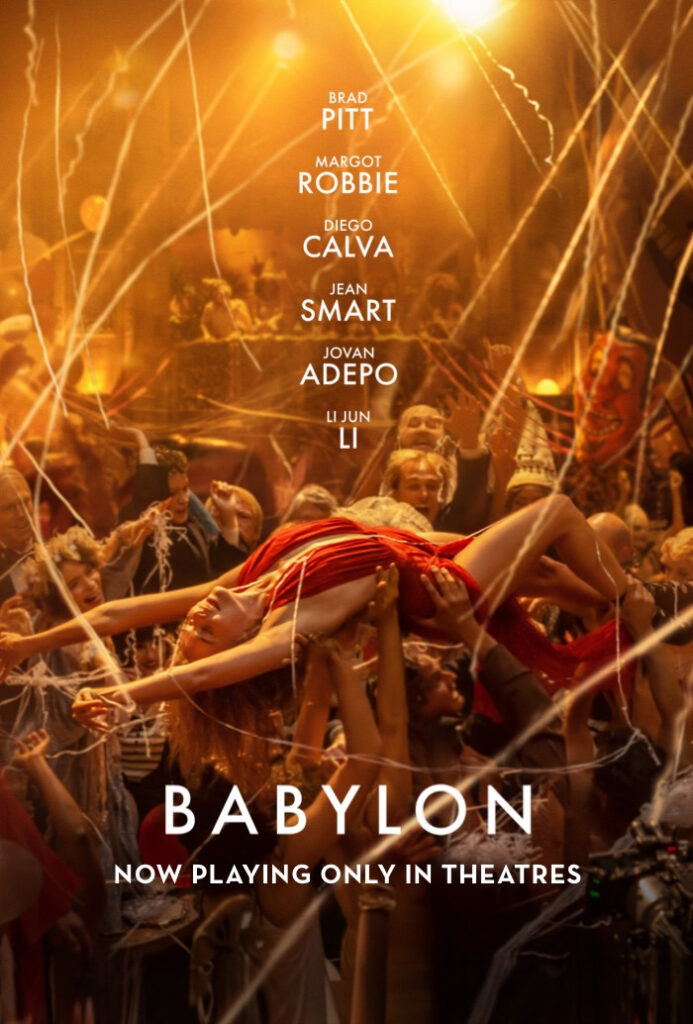 “I just spent three hours witnessing a big eyepopping spectacle that transports the viewer to a strange world full of utterly alien life.
“I just spent three hours witnessing a big eyepopping spectacle that transports the viewer to a strange world full of utterly alien life.

